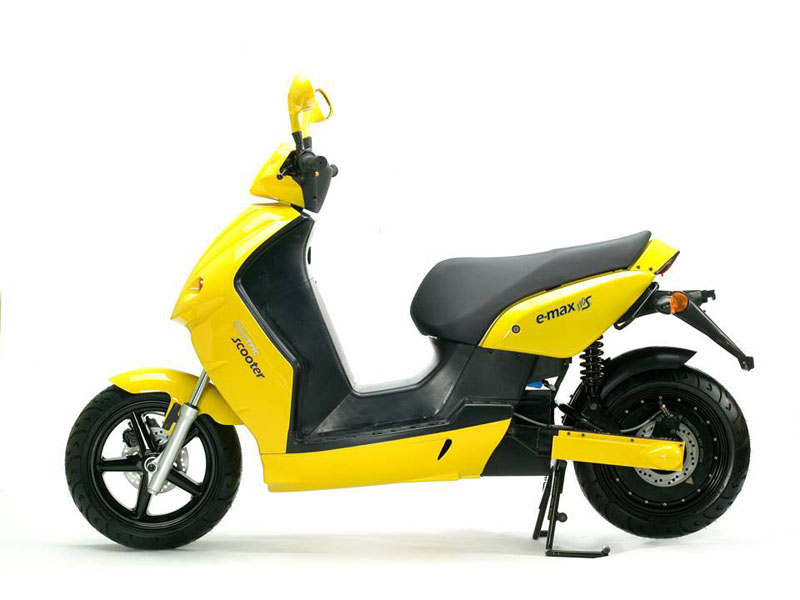NEA to promote electric vehicles
Betting on the surplus power in the system by the end of next year along with completion of the 456-megawatt Upper Tamakoshi Hydroelectric Project (UTHEP), Nepal Electricity Authority (NEA) is taking the initiative to promote electric vehicles for competent management of the surplus power.
The power utility has called a tender to instal charging stations in different places of major cities to encourage people to shift to electric vehicles. According to the power utility, a charging station in the NEA office premises will be installed shortly and the authority is also mulling over making electric vehicles mandatory for top posts from director level to spread the message that electric vehicles should be given due priority.
According to Prabal Adhikari, spokesperson for NEA, the power utility is planning to first instal charging stations in Kathmandu Valley and major cities and gradually expand to other areas after the flow of electric vehicles increases. Moreover, the power utility has said that it will also encourage use of induction heaters, other electric home appliances to increase consumption of generated power.
As per Adhikari, the country has to set a long-term vision to replace the use of liquefied petroleum gas and substantially reduce the consumption of petroleum products. The power utility has said that it will set up high-capacity batteries to consume the surplus power during off-peak hours and supply the power to manage the load of peak hours. This is because increased use of inductions and other electric equipmentwill raise the demand in peak hours in the future.
The government has also reduced customs tariff on the import of electric vehicles through the fiscal budget of 2016-17. Customs tariff of big electric vehicles (bus, minibus) normally used as public transportation had been slashed to one per cent (of the total cost) from 30 per cent earlier. Similarly, electric four-wheelers used for individual purpose like jeeps, cars and vans need to pay only 10 per cent customs tariff against 30 per cent in previous years.
As per electric vehicle traders, reduction in customs duty is not enough to promote electric vehicles. The Electric Vehicles Association of Nepal (EVAN) has sought infrastructure — charging stations — and the route permit from the Department of Transport Management (DoTM)for promotion of electric vehicles.
As per EV traders, electric cars that are in use in the country travel 120 kilometres on a single charge and electric scooters travel around 60 to 80 km on one charge. Mostly REVA (Indian) and NEVI (Chinese) cars are popular EVs in Nepal.
As per EVAN, there are around 300 electric cars and 2,000 electric scooters in use at present. However, electric vehicles that can travel 400 km to 500 km on a single charge have already been developed and put to commercial use in many countries. These EVs have battery guarantee of 10 to 15 years, according to traders.
“On one hand electricity is cheaper than petroleum, while on the other electric vehicles are environment-friendly,” said Umesh Raj Shrestha, president of EVAN. The EVAN had submitted a report to DoTM some two years back identifying the routes and the potential number of EVs that could be allowed to ply the determined routes in the Valley, but the department has not yet taken any decision in this regard.
EV dealers have been highly encouraged with the reduction in customs tariff through the budget and the NEA’s plan to instal charging stations. However, DoTM has not shown any willingness to provide route permit to electric vehicles, which could dampen the promotion of electric vehicles as public transportation too.






